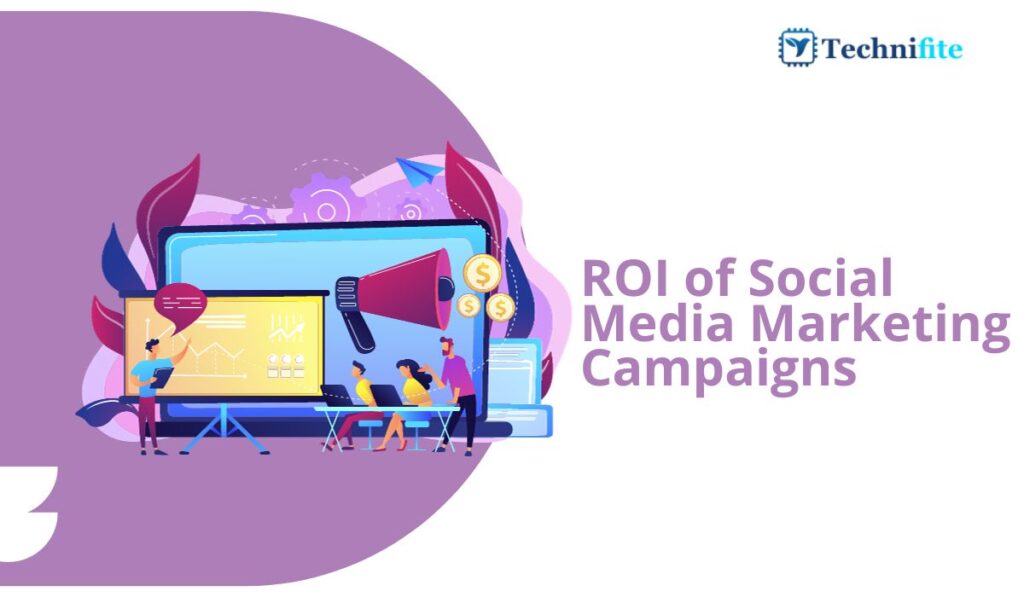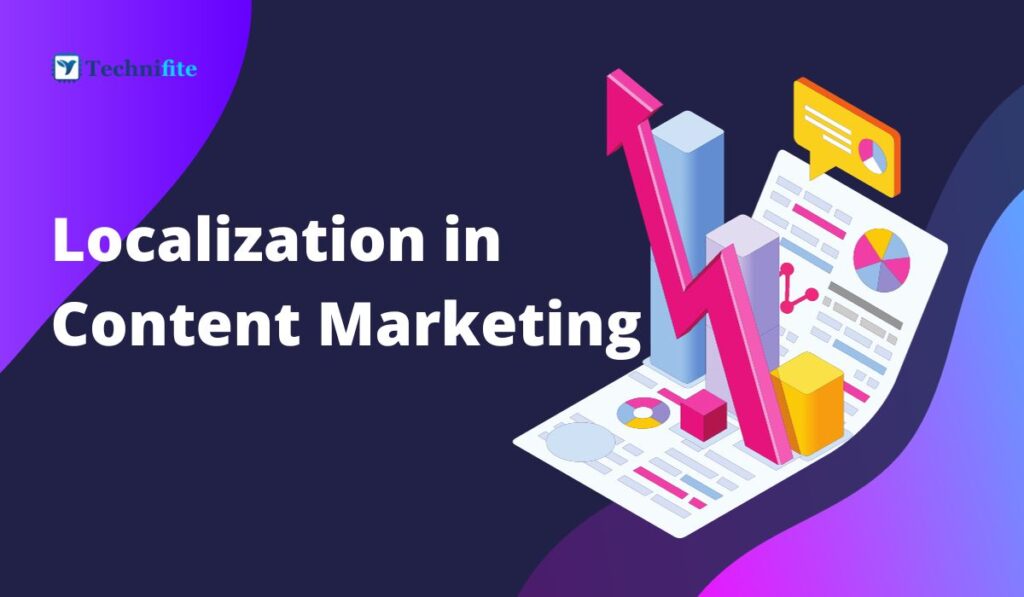ROI of Social Media Marketing Campaigns: Social media marketing has become indispensable to modern business strategies. Companies invest significant resources in creating compelling content, engaging with audiences, and running targeted advertisements across various platforms. However, the traditional success metrics, such as likes, shares, and follower counts, only scratch the surface. To truly assess the impact of social media marketing efforts, businesses must delve deeper into the realm of Return on Investment (ROI). In this comprehensive guide, we will explore the nuances of measuring the true ROI of social media marketing campaigns, uncovering meaningful insights that go beyond surface-level engagement metrics.
Understanding the Limitations of Vanity Metrics
Vanity metrics, such as likes, shares, and comments, offer a quick glimpse into a campaign’s popularity. While these metrics provide a sense of social validation, they often fail to translate into tangible business outcomes. Many likes might boost your ego, but it doesn’t necessarily translate to increased revenue or brand loyalty. To bridge this gap, businesses must move beyond vanity metrics and focus on metrics aligning with their strategic objectives.
Defining True ROI in Social Media Marketing
1. Financial Impact: Driving Revenue and Conversions
The ultimate goal of any marketing campaign is to drive revenue and increase conversions. True ROI in social media marketing is measured by the impact on sales, lead generation, and customer acquisition. Businesses can track the direct correlation between social media campaigns and sales figures by implementing advanced analytics tools, conversion tracking codes, and unique referral links. By attributing specific revenue to social media efforts, businesses gain insights into the financial returns generated by their campaigns.
2. Customer Lifetime Value (CLV): Building Long-Term Relationships
Customer Lifetime Value (CLV) measures the total revenue a business can expect from customers throughout their entire relationship with the company. Social media campaigns that build customer loyalty and brand affinity contribute significantly to CLV. Businesses can quantify the long-term value of their social media marketing efforts by analyzing the purchasing patterns, repeat business, and referrals generated from social media followers.
Cost per Acquisition (CPA): Maximizing Cost Efficiency
Cost per Acquisition (CPA) calculates the cost incurred to acquire a new customer through social media marketing channels. By dividing the total campaign costs by the number of new customers acquired, businesses can determine the effectiveness of their social media campaigns in attracting and converting potential customers. Optimizing CPA ensures that marketing budgets are utilized efficiently, maximizing the ROI on social media campaigns.
4. Social Media Sentiment Analysis: Evaluating Brand Perception
Beyond financial metrics, social media sentiment analysis provides valuable qualitative insights. Businesses can gauge public sentiment regarding their brand, products, or services by monitoring social media mentions, comments, and reviews. Positive sentiment indicates a strong brand image, while negative sentiment signals potential issues that must be addressed. Analyzing sentiment trends over time allows businesses to measure the impact of social media campaigns on brand perception and reputation.
Strategies for Measuring True ROI in Social Media Marketing
1. Implementing Advanced Analytics Tools: Leveraging Data-Driven Insights
Implementing advanced analytics tools like Google Analytics, social media management platforms, and CRM systems is essential for gathering accurate and detailed data. These tools enable businesses to track website traffic, user behaviour, conversion rates, and customer interactions from social media channels. By integrating these tools, businesses can measure the entire customer journey, from the first social media interaction to the final conversion.
2. Setting Clear Goals and Objectives: Defining Measurable Outcomes
Before launching a social media campaign, businesses should establish clear and measurable goals. Whether the objective is to increase online sales, boost website traffic, generate leads, or enhance brand awareness, setting specific, measurable, achievable, relevant, and time-bound (SMART) goals provides a framework for evaluating campaign success. Aligning social media metrics with these goals ensures businesses measure the outcomes that truly matter.
3. Attribution Modeling: Understanding Customer Touchpoints
Attribution modelling involves analyzing the customer touchpoints across various channels before a conversion occurs. Social media might be one of several touchpoints leading to a sale. Businesses can use attribution models, such as first-touch attribution, last-touch attribution, or multi-touch attribution, to determine the contribution of social media interactions to the customer journey. Understanding the role of social media in the conversion path allows businesses to allocate appropriate value to social media-driven conversions.
4. Customer Surveys and Feedback: Gathering Direct Input
Direct feedback from customers provides valuable qualitative data. Businesses can design surveys and questionnaires targeting social media followers to gather insights about their preferences, purchasing behaviours, and perceptions. By asking the right questions, businesses can better understand how social media interactions influence customer decisions. Incorporating feedback into ROI calculations enhances the accuracy of the assessment.
5. A/B Testing and Experimentation: Optimizing Campaign Performance
A/B testing involves creating two or more versions of a social media campaign element (such as ad copy, imagery, or call-to-action) and presenting them to different audience segments. By comparing the performance of these variations, businesses can identify which elements resonate best with the audience and drive higher conversions. A/B testing allows continuous optimization, ensuring that social media campaigns are fine-tuned for maximum ROI.
Conclusion
Measuring the true ROI of social media marketing campaigns empowers businesses to make data-driven decisions, allocate budgets effectively, and optimize marketing strategies for maximum impact. By looking beyond likes and shares, businesses can connect social media efforts directly to revenue generation, customer acquisition, and brand loyalty. Implementing advanced analytics tools, defining clear objectives, analyzing customer touchpoints, gathering direct feedback, and conducting experiments are crucial steps in this measurement process.
As businesses navigate the ever-changing digital landscape, understanding the real impact of social media marketing efforts becomes paramount. By embracing a holistic approach to ROI measurement, businesses enhance their financial performance and build meaningful relationships with their audience. In this era of data-driven decision-making, businesses that master the art of measuring the true ROI of social media marketing campaigns will thrive, ensuring their marketing investments yield tangible and sustainable results.
Frequently Asked Questions (FAQs)
Why is it Important to Measure the True ROI of Social Media Marketing Campaigns?
Measuring the true ROI of social media marketing campaigns is crucial because it provides businesses with concrete insights into the effectiveness of their marketing strategies. By understanding the financial impact, customer behaviour, and brand perception influenced by social media efforts, businesses can make informed decisions, optimize their campaigns, and allocate resources effectively, ensuring a higher return on investment.
How Can I Differentiate Between Vanity Metrics and Meaningful Metrics in Social Media Marketing?
Vanity metrics, such as likes and shares, provide surface-level engagement data, while meaningful metrics focus on actual business outcomes like sales, lead generation, and customer loyalty. To differentiate between them, businesses should ask: Does this metric directly contribute to revenue or customer acquisition? If yes, it’s a meaningful metric. If not, it might be a vanity metric that doesn’t necessarily translate into tangible business impact.
Can Social Media Sentiment Analysis Impact My Brand’s Reputation?
Yes, social media sentiment analysis plays a significant role in shaping your brand’s reputation. By understanding public sentiment, businesses can address concerns promptly, capitalize on positive feedback, and adjust their strategies to improve customer satisfaction. Monitoring sentiment allows brands to maintain a positive image, build trust, and proactively manage their online reputation.
What Tools and Platforms Should I Use to Measure the ROI of Social Media Marketing Campaigns?
Several tools and platforms are available for measuring the ROI of social media marketing campaigns. Google Analytics, social media management platforms like Hootsuite and Sprout Social, and CRM systems like Salesforce offer robust analytics features. Additionally, social media platforms provide insights and analytics tools specific to their channels, allowing businesses to track website traffic, conversions, and customer behaviour.
How Often Should I Analyze the ROI of My Social Media Marketing Campaigns?
The frequency of analyzing the ROI of social media marketing campaigns depends on the campaign duration, goals, and the pace of your industry. However, regular analysis is essential. For ongoing campaigns, businesses often conduct weekly or monthly evaluations. For shorter campaigns, more frequent monitoring might be necessary. Regular analysis allows businesses to identify trends, make real-time adjustments, and ensure their strategies remain aligned with their objectives.


